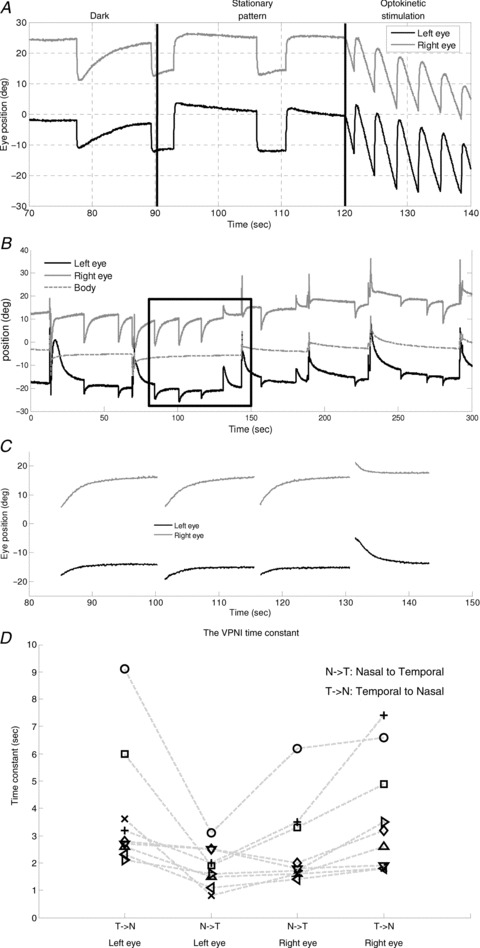Figure 2. Eye movements of a zebrafish larva under various visual conditions and estimation of time constant of the VPNI.

A, eye movements under various visual surrounds. B, spontaneous eye drifts in the dark. The body position trace (dotted line) was used to obtain the eye position relative to body axis. C, after filtering out saccades and body movements, spontaneous eye drifts were split into segments for applying a single exponential decay curve fitting to estimate the VPNI time constant. D, the median time constants of the VPNI of all larvae (n= 10). Note there was one larva that only showed movements of the left eye in N–T during the 10 min dark period. Therefore, nine larvae have four values indicating the median time constant of two eyes in two directions, while one larva only has two values indicating the median time constant of two eyes in one direction. The two values are not connected by any line. Values of each fish are connected by a dashed line.
